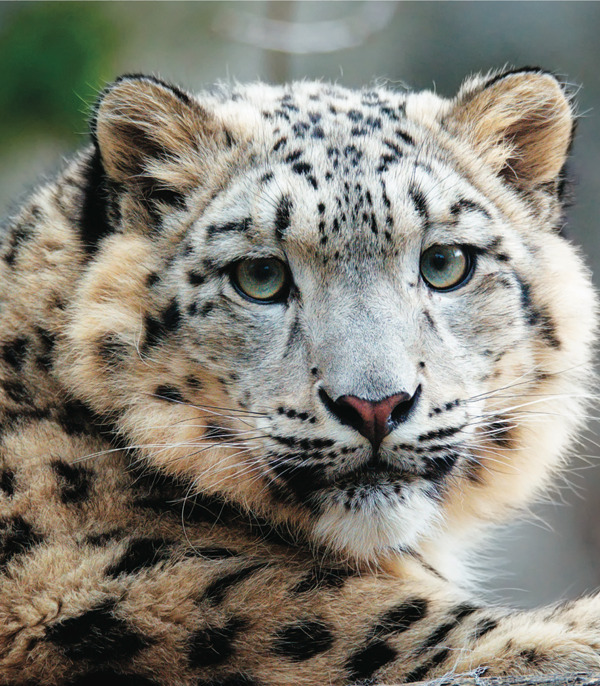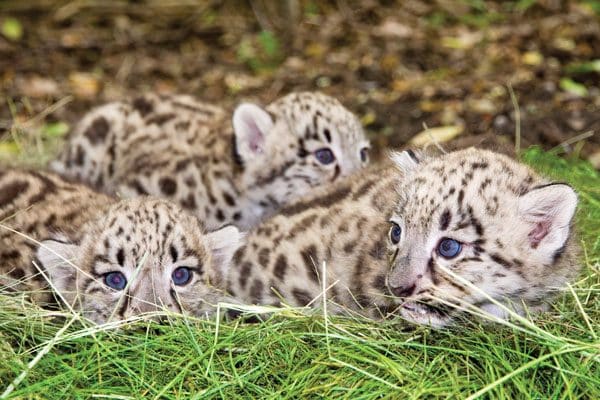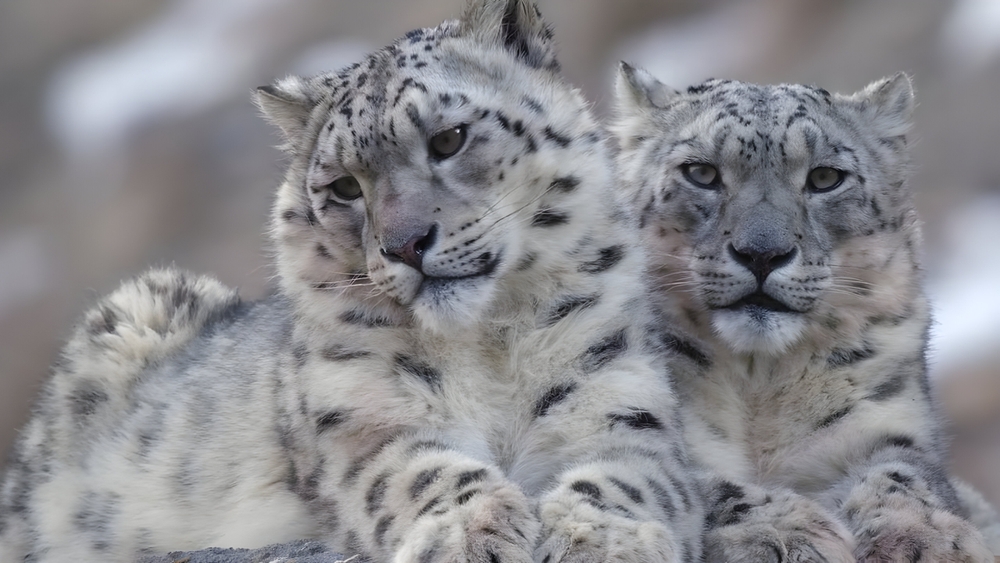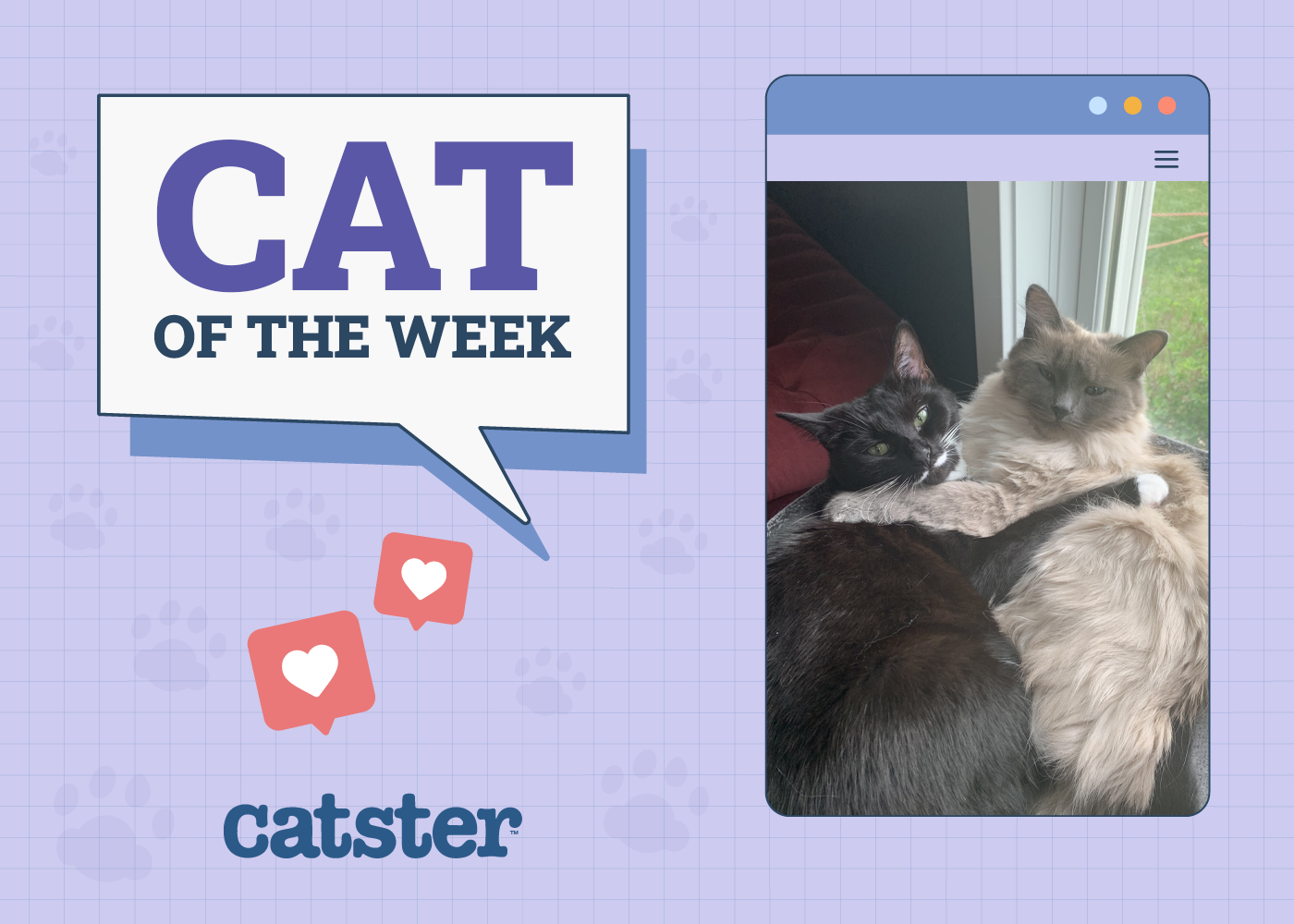Few years ago snow leopards in Mongolia received a “land grant” that was supposed to help the rare big cats thrive. Back in 2016, Mongolian government declared the Tost Mountains a nature reserve, one of four categories of state-protected areas. The park comprises approximately 5,072 square miles.

Located between the Great Gobi and the Gobi Gurvansaikhan National Park, which are already protected areas, the Tost Tosonbumba Nature Reserve is home to 14 to 16 adult snow leopards and their cubs, not to mention the ibex and argali that are the staples of their diet. They can now safely roam what is one of the world’s largest continuous protected snow leopard habitats, according to the Snow Leopard Trust, based in Seattle.

Mongolia is home to some 1,000 snow leopards, a population second only to that of China. The ability of the cats to move freely throughout the region will help to promote genetic diversity.
The new designation means that only traditional economic activities, such as herding, are permitted in the area. Mining, construction, and hunting were banned.
Before the area was set aside, approximately a dozen licenses for mining exploration had been issued, and two mining sites are active. That means the licenses must either be revoked, with the affected companies being compensated for the loss, or the licensed land must be kept out of the reserve.

Bariushaa Munkhtsog, a senior researcher in the mammalian ecology laboratory of the Mongolian Academy of Sciences Institute of Biology, said what will probably happen is that licenses — which are typically issued for a two-year period — simply won’t be renewed when they expire.
About the author: Kim Campbell Thornton is an award-winning writer in Southern California. Her subjects include pet care, health and behavior, and wildlife and marine life conservation.
Featured Image Credit: Yasin zarei, Shutterstock










